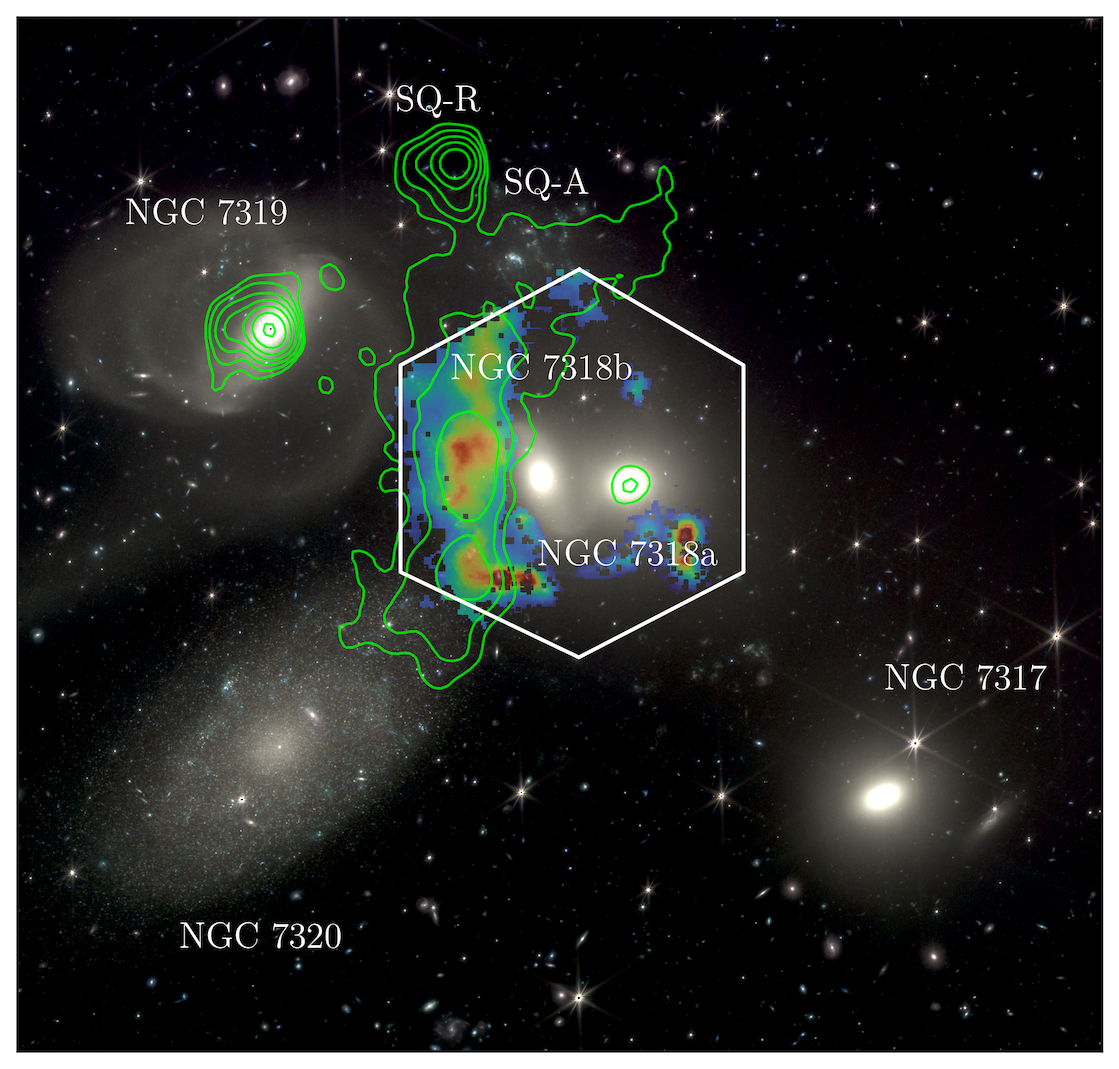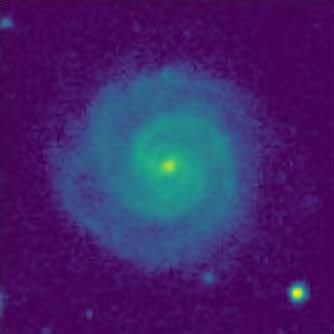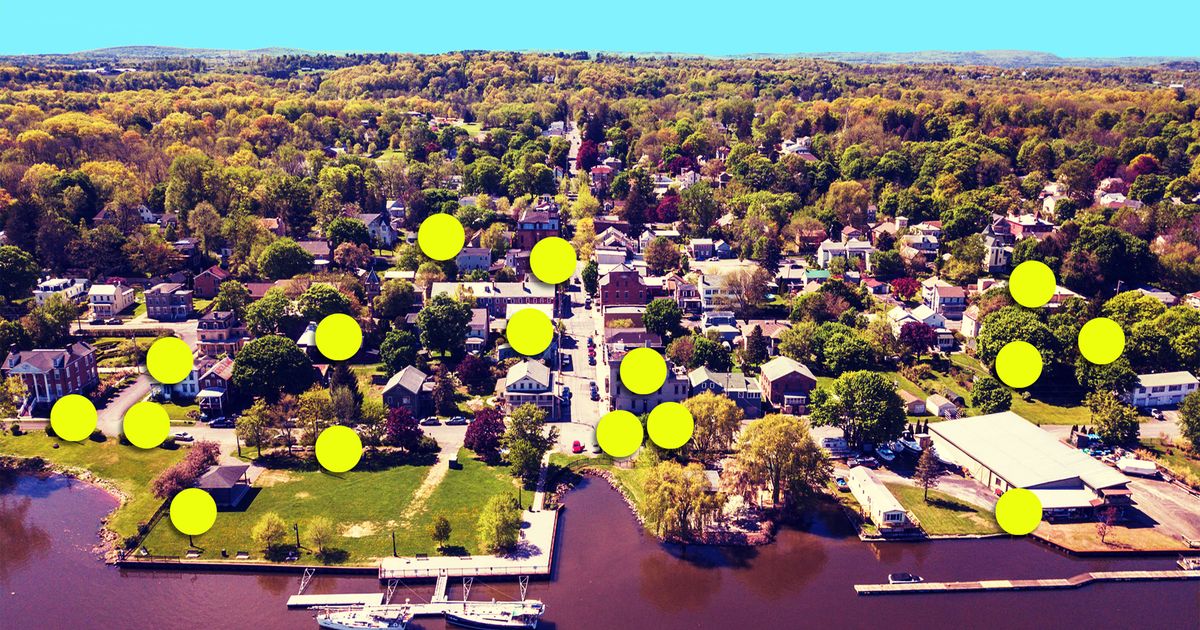
2 MILLION mph galaxy smash-up seen in unprecedented detail
A massive collision of galaxies sparked by one travelling at a scarcely-believable 2 million mph (3.2 million km/h) has been seen in unprecedented detail by one of Earth's most powerful telescopes.
The dramatic impact was observed in Stephan's Quintet, a nearby galaxy group made up of five galaxies first sighted almost 150 years ago.
It sparked an immensely powerful shock akin to a "sonic boom from a jet fighter" – the likes of which are among the most striking phenomena in the Universe.
Stephan's Quintet represents "a galactic crossroad where past collisions between galaxies have left behind a complex field of debris", which has now been reawakened by the passage of the galaxy, NGC 7318b.
The collision was spotted by a team of scientists using the first observations from the new 20-million Euro (£16.7million) William Herschel Telescope Enhanced Area Velocity Explorer (WEAVE) wide-field spectrograph in La Palma, Spain.
This cutting-edge, next generation science facility will not only reveal how our Milky Way galaxy was built up over billions of years, but also offer new insights into millions of other galaxies across the Universe.



/cloudfront-us-east-2.images.arcpublishing.com/reuters/DFJYDZQLEJJF3F66K4NZMK4CCQ.jpg)


















